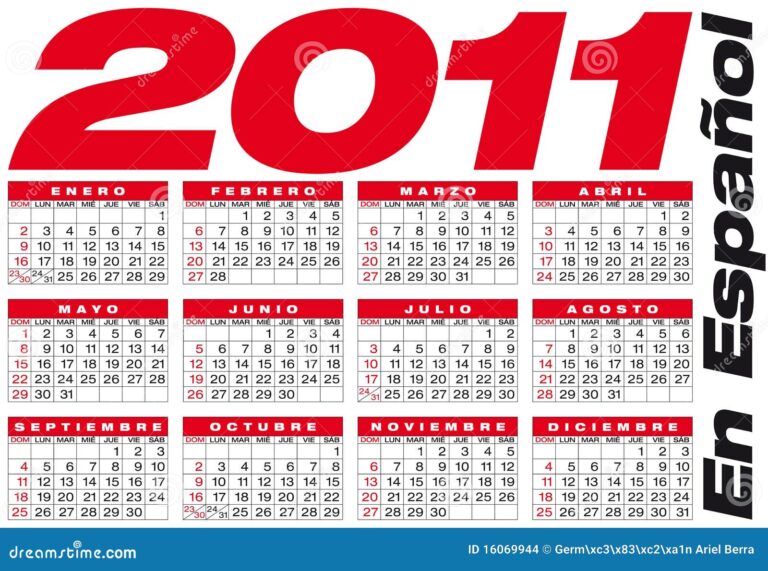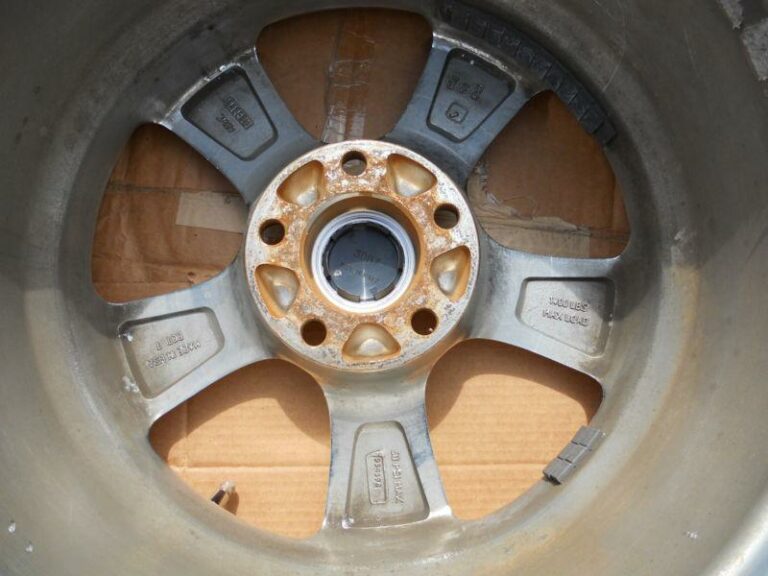1982 Jeep Pick Up For Sale: Your Comprehensive Buyer’s Guide
1982 Jeep Pick Up For Sale: Your Comprehensive Buyer’s Guide jeeps.truckstrend.com
The year 1982 conjures images of classic rock, early video games, and for automotive enthusiasts, the rugged, no-nonsense appeal of the Jeep Pick Up. Far from being just another used vehicle, a 1982 Jeep Pick Up For Sale represents a piece of American automotive history, embodying the spirit of utilitarian design, legendary off-road capability, and a timeless aesthetic. Whether you’re a seasoned collector, an off-road adventurer, or someone simply looking for a unique and capable classic truck, understanding what makes these vehicles special, what to look for, and how to navigate the purchasing process is crucial. This comprehensive guide will delve into everything you need to know about acquiring your very own piece of vintage Jeep Americana.
The Enduring Appeal of the 1982 Jeep Pick Up
1982 Jeep Pick Up For Sale: Your Comprehensive Buyer’s Guide
The 1982 Jeep Pick Up primarily refers to the J-series trucks, specifically the J10 and J20 models, which were part of the long-running SJ platform. While the CJ-8 Scrambler, a CJ model with a longer wheelbase and a small pickup bed, also existed in 1982 and is often considered a "Jeep Pick Up," our focus here will largely be on the full-size J-series. These trucks, with their distinctive Wagoneer-like front ends grafted onto a robust truck chassis, offered a unique blend of comfort, capability, and classic style.
Their appeal stems from several factors:
- Rugged Reliability: Built in an era when vehicles were designed to last, these trucks are renowned for their durable components and straightforward mechanicals, making them relatively easy to maintain and repair.
- Off-Road Prowess: With solid axles, leaf springs, and robust 4×4 systems, the J-series trucks were formidable off-roaders right off the showroom floor, capable of tackling challenging terrain.
- Utilitarian Design: They are workhorses, pure and simple. The large beds and strong frames made them ideal for hauling, towing, and any task requiring a sturdy utility vehicle.
- Classic Status: As time marches on, these trucks have transitioned from mere used vehicles to sought-after classics, appreciated for their vintage charm and the nostalgia they evoke.
- Customization Potential: Their simple architecture makes them excellent platforms for customization, from mild lift kits to full engine swaps and modern upgrades.

Key Features and Specifications of the 1982 Model Year
Understanding the factory specifications helps in evaluating any "1982 Jeep Pick Up For Sale."
Models:
- J10: The half-ton variant, available with various bed lengths (short and long). Most commonly found.
- J20: The three-quarter-ton variant, designed for heavier-duty work, featuring stronger axles and suspensions. Less common.
- (Note: The CJ-8 Scrambler, while a "pick up," shares more with the CJ line than the full-size J-series in terms of chassis and dimensions.)
Engine Options:
- AMC 258 cu in (4.2L) Inline-6: A reliable and torquey engine, offering decent power for its size, especially for off-road use. It’s known for longevity.
- AMC 360 cu in (5.9L) V8: The more powerful option, providing ample horsepower and torque for towing and highway cruising. This is a popular choice for those seeking more performance.
Transmission Options:
- Manual Transmissions: Typically 3-speed or 4-speed manual units (e.g., T-176, T-177).
- Automatic Transmissions: Usually the Chrysler TorqueFlite 727 (TF727), a robust and reliable automatic.
Drivetrain:
- Part-time 4×4: The standard setup, engaging the front axle only when needed.
- Quadra-Trac: A full-time 4×4 system available on some models, offering continuous four-wheel drive.
- Axles: Typically Dana 44 front and rear (J10), or Dana 44 front and Dana 60 rear (J20) for heavier duty.
Chassis:
- Body-on-frame construction: Provides exceptional strength and durability.
- Leaf spring suspension: On all four corners, offering simplicity, durability, and good load-carrying capacity.
What to Look For When Buying a 1982 Jeep Pick Up: An Inspection Guide
Purchasing a vehicle from the early 80s requires a thorough inspection. Rust and deferred maintenance are common challenges.
- Rust, Rust, Rust: This is the primary killer of old Jeeps.
- Frame: Inspect the entire frame for excessive surface rust, but more critically, for rot or previous patch jobs. Pay attention to spring hangers, crossmembers, and body mounts.
- Body Panels: Check cab corners, rocker panels, fender wells, floor pans (under the carpet/mat), and the bed floor and sides. Look for bubbling paint, indicating rust underneath. The tailgate and its hinges are also common rust spots.
- Windshield Frame/Cowl: Water tends to collect here, leading to rust.
- Mechanical Condition:
- Engine: Check for oil leaks (common but assess severity), smoke from the exhaust (blue for oil, white for coolant, black for rich fuel), unusual noises (knocking, ticking), and proper idling. Cold starts are telling.
- Transmission & Transfer Case: Test all gears, including 4WD high and low. Listen for grinding, slipping, or clunking. Check fluid levels and condition.
- Axles & Driveshafts: Look for leaks around differentials, check U-joints for play.
- Brakes: Test pedal feel (spongy indicates air, hard indicates a seized caliper/drum or booster issue). Check lines for rust or leaks.
- Steering & Suspension: Look for excessive play in the steering wheel. Inspect leaf springs for breaks or sagging, and shock absorbers for leaks.
- Electrical System: Test all lights (headlights, tail lights, turn signals, brake lights), gauges, horn, wipers, and heater/blower motor. Wiring can degrade over time.
- Interior: Assess the condition of seats (tears, foam breakdown), dashboard (cracks), door panels, and headliner. Originality adds value, but comfort might require upgrades.
- Exterior: Beyond rust, look for significant dents, poor previous bodywork, and the condition of paint and trim.
- Documentation: A clear title is essential. Service records, if available, can provide valuable insight into the vehicle’s history.
Restoration vs. Daily Driver: Understanding Your Goals
Before buying, decide on the intended use for your 1982 Jeep Pick Up.
- Full Restoration Project: This means taking the vehicle down to the frame, addressing all rust, rebuilding mechanicals, and refinishing the body and interior to original or better-than-original condition.
- Pros: Results in a near-new or show-quality vehicle, significant personal satisfaction.
- Cons: Extremely time-consuming, expensive (often exceeding the value of the finished truck), requires significant mechanical skill or budget for professional help.
- "Driver Quality" Daily Driver: A truck that runs and drives reliably, is safe, and looks presentable, but isn’t perfect. It might have some minor flaws or patina.
- Pros: Enjoyable immediately, less upfront cost, practical for regular use.
- Cons: Will likely require ongoing maintenance, may not have modern comforts or safety features, fuel economy is poor.
- Off-Road Rig/Project: A truck primarily for trail use, where cosmetic perfection is less important than mechanical ruggedness and capability.
- Pros: Focuses investment on performance components, can be a rolling project.
- Cons: May not be street-legal or comfortable for long drives.
Finding Your 1982 Jeep Pick Up For Sale: Where to Look
- Online Marketplaces: Craigslist, Facebook Marketplace, eBay Motors are common starting points. Be wary of scams and always verify the seller and vehicle in person.
- Specialty Classic Car Websites: Hemmings Motor News, Bring a Trailer, ClassicCars.com often list higher-quality or more unique examples.
- Jeep Forums & Clubs: Online communities (e.g., FSJNetwork, IH8MUD for Land Cruisers but often have Jeep sections) and local Jeep clubs are excellent resources for finding vehicles, parts, and advice.
- Auction Houses: Reputable auction houses (e.g., Mecum, Barrett-Jackson for higher-end, local auctions for project vehicles) can be good sources, but inspect thoroughly before bidding.
- Word-of-Mouth: Let friends, family, and local mechanics know you’re looking. Many great finds happen this way.
Navigating the Purchase Process: Tips for Buyers
- Set a Realistic Budget: Beyond the purchase price, factor in immediate repairs, registration, insurance, and potential upgrades. Older vehicles always need something.
- Pre-Purchase Inspection (PPI): If you’re serious about a vehicle, especially one out of your local area, hire a reputable mechanic specializing in classic or 4×4 vehicles to perform a comprehensive PPI. This small investment can save you thousands.
- Negotiate: Don’t be afraid to haggle. Based on your inspection findings and market research, make a fair offer.
- Verify Documentation: Ensure the seller has a clear title in their name and that the VIN matches the vehicle. Understand your state’s requirements for title transfer and registration.
- Consider Shipping: If buying remotely, factor in shipping costs and use a reputable enclosed transport company to protect your new investment.
- Be Patient: The right 1982 Jeep Pick Up won’t appear overnight. It pays to be patient and wait for a vehicle that truly meets your criteria and budget.
Potential Challenges and Solutions
- Parts Availability: While not as abundant as for a Ford F-150, many mechanical parts (engine, transmission, axles) are shared with other AMC/Jeep vehicles of the era. Aftermarket support for common wear items and some body panels is decent. Specialty trim pieces can be harder to find.
- Fuel Economy: Expect poor fuel economy (typically 10-15 MPG, often less).
- Solution: Accept it, or consider an engine swap to a more modern, fuel-efficient drivetrain (e.g., a modern Cummins diesel or GM LS engine), though this adds significant cost and complexity.
- Comfort & Safety: Lacks modern amenities like airbags, ABS, or refined interiors.
- Solution: Upgrades can include better seats, sound deadening, modern stereo, and brake system improvements (e.g., disc brake conversion for the rear). Drive defensively.
- Rust (Ongoing Battle): Even after initial repairs, rust can be a persistent issue.
- Solution: Proper rust prevention (undercoating, regular cleaning), immediate repair of new spots, and keeping the vehicle garaged.
1982 Jeep Pick Up For Sale: Estimated Price Guide
Prices for a 1982 Jeep Pick Up can vary dramatically based on condition, originality, mileage, engine, and location. This table provides a general range:
| Condition Category | Estimated Price Range (USD) | Description |
|---|---|---|
| Project Vehicle | $2,000 – $7,000 | Runs, but needs significant work (e.g., major rust repair, engine/transmission rebuild, full interior/exterior restoration). Not roadworthy or barely so. Ideal for someone seeking a complete hands-on project with a large budget for parts and labor. |
| Driver Quality | $8,000 – $18,000 | Runs and drives reliably, generally safe and presentable. May have visible flaws like minor rust, faded paint, worn interior. Mechanically sound enough for regular use, but not show-ready. Good for someone who wants to enjoy the truck immediately and perform gradual improvements. |
| Good Condition | $19,000 – $30,000 | Well-maintained, minimal rust (if any), good paint, clean interior. Mechanically sound with all systems functioning correctly. Might have minor imperfections consistent with age. Can be driven confidently and shown at local events. |
| Excellent/Restored | $30,000 – $55,000+ | Near-flawless condition, either a meticulously maintained original or a professional, frame-off restoration. All systems function perfectly. Show-quality paint and interior. Command top dollar and are rare. Often feature modern upgrades subtly integrated. Prices can go significantly higher for exceptionally rare or highly customized examples (e.g., with modern engine swaps, high-end suspension, etc.). |
Note: These are general estimates and actual prices will depend on market demand, specific vehicle features (e.g., V8 vs I6, specific options), and seller motivation.
Frequently Asked Questions (FAQ)
Q1: What specific models were considered "Jeep Pick Up" in 1982?
A1: The primary full-size pick-up models were the J10 (half-ton) and J20 (three-quarter-ton) from the J-series. The CJ-8 Scrambler also offered a small pick-up bed, but it was based on the CJ platform.
Q2: Are parts difficult to find for a 1982 Jeep Pick Up?
A2: While not as readily available as for modern vehicles, many mechanical parts (engine, transmission, drivetrain components) are shared with other AMC and Jeep models of the era, making them relatively accessible through aftermarket suppliers and specialized classic Jeep parts vendors. Body and trim pieces can be harder but not impossible to source.
Q3: What kind of fuel economy can I expect?
A3: Fuel economy is generally poor. Expect anywhere from 10 to 15 miles per gallon, depending on the engine (V8 generally lower), transmission, driving style, and vehicle condition.
Q4: Can a 1982 Jeep Pick Up be a reliable daily driver?
A4: Yes, with proper maintenance and realistic expectations. While they lack modern comforts and safety features, their robust construction means they can be very reliable. Be prepared for regular maintenance and the occasional quirk of an older vehicle.
Q5: What should I budget for a full restoration?
A5: A full, professional frame-off restoration can easily cost anywhere from $30,000 to well over $60,000, often exceeding the initial purchase price of the vehicle. This depends heavily on the starting condition, the level of originality desired, and labor rates.
Q6: Is a 1982 Jeep Pick Up a good investment?
A6: While classic vehicles can appreciate, it’s best to buy a 1982 Jeep Pick Up primarily for enjoyment rather than as a guaranteed financial investment. Their value is steadily increasing, but significant returns are usually only seen on exceptionally rare or perfectly restored examples. The true "return" is often in the unique ownership experience.
Conclusion
The pursuit of a "1982 Jeep Pick Up For Sale" is more than just a search for a vehicle; it’s an embarkation on an adventure into the world of classic Americana. These rugged, character-filled trucks offer a unique blend of utility, nostalgia, and go-anywhere capability that few modern vehicles can match. By understanding their inherent strengths, common weaknesses, and the nuances of the buying process, you can make an informed decision and find a J-series truck that fits your dreams and budget. With careful selection and dedicated care, your 1982 Jeep Pick Up won’t just be a mode of transport—it will be a cherished piece of history, ready for countless new memories on and off the road.





